When the primitive tribe suddenly had the Internet, the entire group got out of control and the tribal culture was in great danger.
How did the Marubo people, who had been living in seclusion in the rainforest for hundreds of years, gradually become unrecognizable?
8. Intrusion and Change
At the end of the 19th century, the intrusion of rubber workers broke the tranquility of the rainforest. They brought violence and disease, as well as new technologies and perspectives. From then on, the Marubo people began to dress, use guns and chainsaws.
7. Bridges and Decision-making
The patriarch, Enock, became the key figure connecting the two worlds. He had both urban life experience and was concerned about the development of the tribe. Therefore, when the elders proposed to access the Internet, he readily agreed, believing that this was an opportunity for the tribe's progress.
6. The Road to Internet Access
By recording help-seeking videos and receiving charitable donations, the tribe raised funds to purchase Starlink antennas and solar panels. The tribe members personally trekked for over ten kilometers to carry these devices, which symbolize "hope", from the city back to their homeland deep in the rainforest.
5. The Light of Hope
The early days of the Internet brought about remarkable conveniences: leaders could efficiently coordinate work and report problems, teachers could conduct remote teaching, and people bitten by venomous snakes could quickly call for helicopter rescue through their mobile phones. Life safety was greatly guaranteed.
4. Loss of control and addiction
However, the negative impacts of the Internet erupted rapidly. Young people quickly became addicted to TikTok, games and social software, and no longer participated in tribal activities.
Young people are browsing TikTok, boys are watching highlights of Neymar, and two 15-year-old girls are chatting with strangers on Instagram.
One of the girls said that her current dream is to travel around the world, and another girl said that she wants to be a dentist in Sao Paulo...The daily rhythm and cohesion of the entire tribe were completely disrupted.
3. Cultural erosion
The deeper crisis lies in the disruption of cultural inheritance. Young people, addicted to mobile phones, no longer communicate with the elderly, leading to the risk of oral history and knowledge being lost. The pornographic content on the Internet has seriously impacted the conservative sexual concepts and behaviors of tribes.
2. Loss of tradition
The elders of the tribe were worried to find that the young people's interest in making traditional dyes and jewelry had greatly declined. People have become lazy due to their addiction to the Internet, and the self-sufficient life skills and traditional culture are being rapidly forgotten.
1. Limitations and Dependencies
The tribe had no choice but to implement Internet restrictions, but refused external guidance and insisted on self-management. The attitude of the tribe towards the Internet is full of contradictions: they detest the harm it brings, yet they are well aware that they can no longer return to the era without the Internet.
The line between a tool and a trap is thinner than we think. The Marubo's dilemma is a fundamental question of our digital age: how do we harness the power of connection without losing the essence of who we are? Join the conversation.

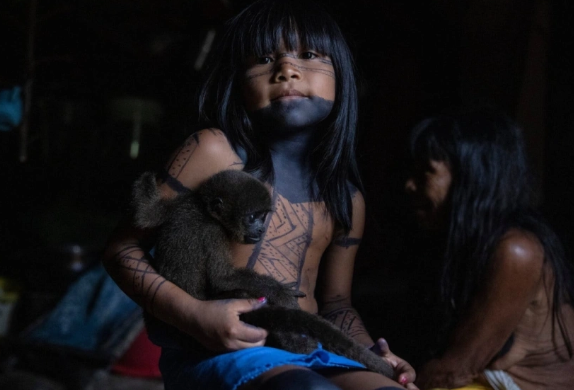

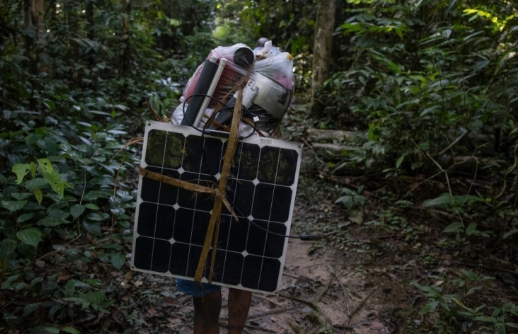
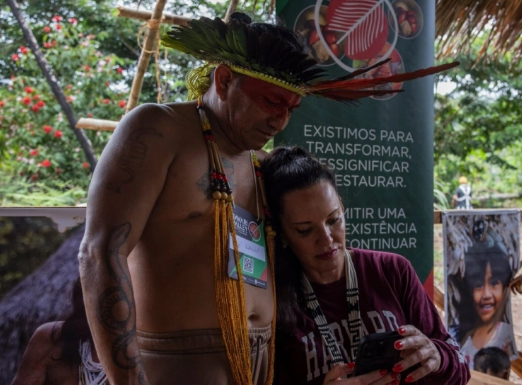
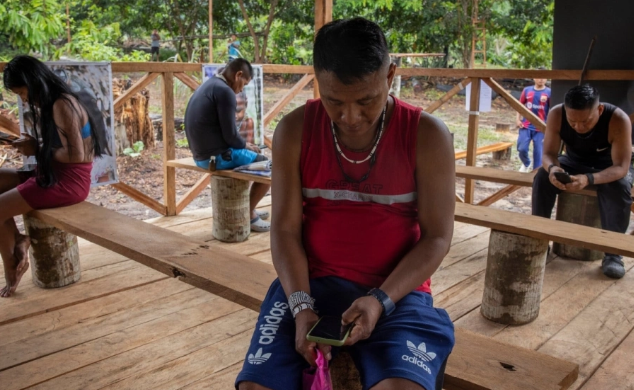
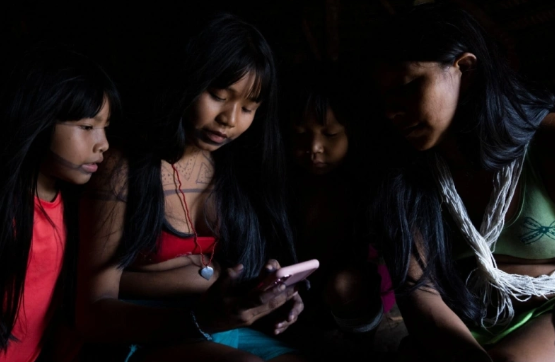
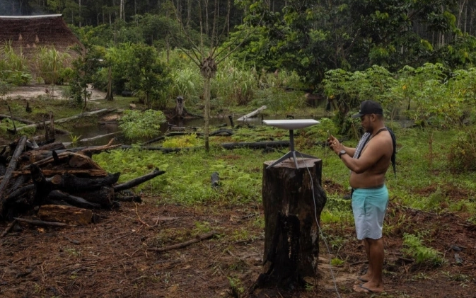
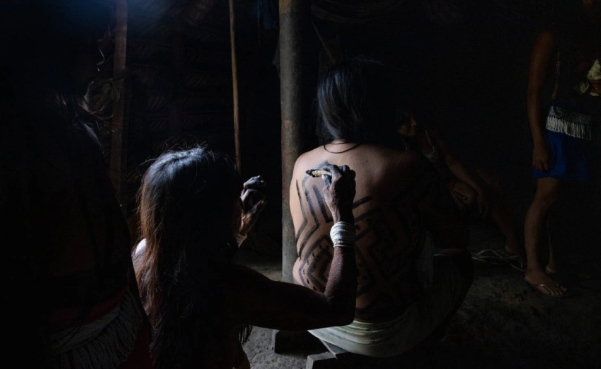
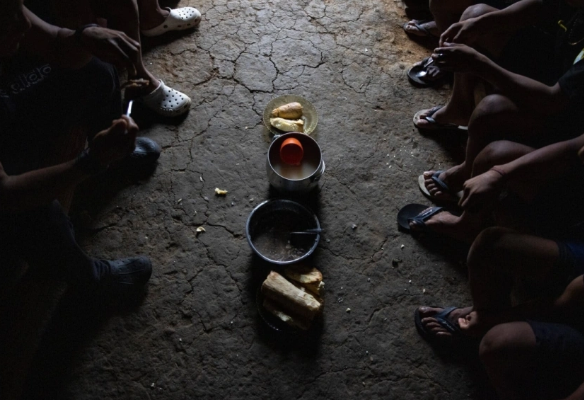
 2025-11-05
2025-11-05